Introduction
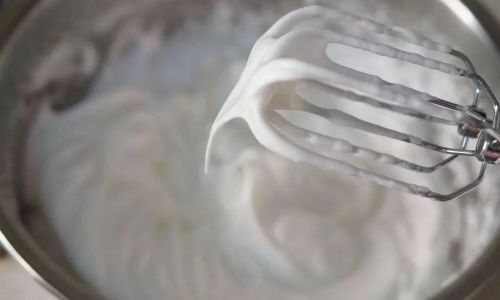
Whipped cream, a staple in desserts, coffee, and various culinary creations, adds a touch of elegance and indulgence to any dish. Whether you’re topping a slice of pie, crafting a latte art masterpiece, or garnishing a dessert with a dollop of creamy goodness, achieving the perfect whipped cream consistency is crucial. However, mastering the art of whipping cream can be challenging, especially for those new to the culinary scene. This guide delves into the intricacies of whipping cream, offering comprehensive insights on how to determine if your whipped cream has reached its optimal state. By understanding the key indicators and techniques, you’ll be able to whip cream with confidence, ensuring every creation is a delightful success.
Understanding the Basics of Whipping Cream
Before diving into the specifics of determining whipped cream perfection, it’s essential to grasp the fundamentals of whipping cream. Cream, typically derived from dairy milk, contains a high percentage of fat (usually around 30-36% for heavy whipping cream), which gives it the ability to be whipped into a light, fluffy texture. The whipping process involves incorporating air into the cream, causing the fat globules to coat the air bubbles, creating a stable foam.
Ingredients and Equipment
To whip cream successfully, you’ll need a few essential ingredients and tools:
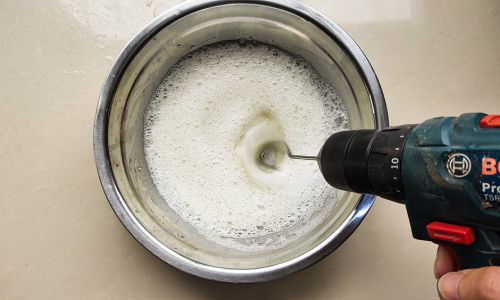
- Heavy Whipping Cream: This is the star ingredient. Avoid using light cream or half-and-half, as they won’t whip to the same volume or stability.
- Sugar (Optional): Sugar not only adds sweetness but also helps stabilize the whipped cream, preventing it from collapsing. The amount of sugar can be adjusted to taste, but generally, 1-2 tablespoons per cup of cream is a good starting point.
- Vanilla Extract or Other Flavorings (Optional): For added flavor, a few drops of vanilla extract or other extracts can be incorporated. Be mindful of liquid quantities, as too much can cause the cream to curdle.
- Chilled Mixing Bowl and Beaters: Cold temperatures are crucial for successful whipping. Ensure your mixing bowl and beaters (whether whisk, hand mixer, or stand mixer attachments) are chilled before use. You can chill them in the freezer for about 15 minutes beforehand.
- Chilled Cream: Similarly, the cream should be refrigerated until cold before whipping. Cold cream whips up more efficiently and holds its shape better.
The Whipping Process
Now, let’s walk through the whipping process step-by-step:
-
Preparation: Ensure all equipment is chilled, and the cream is cold. Pour the cream into the chilled mixing bowl. If using sugar or flavorings, add them now and gently stir to combine.
-
Initial Whipping: Begin whipping on a low speed to avoid splashing. Gradually increase to medium speed. This initial slow whipping helps distribute the sugar evenly and prevents the cream from splashing out of the bowl.
-
Observing Changes: As you whip, keep a close eye on the cream. It will go through several stages:
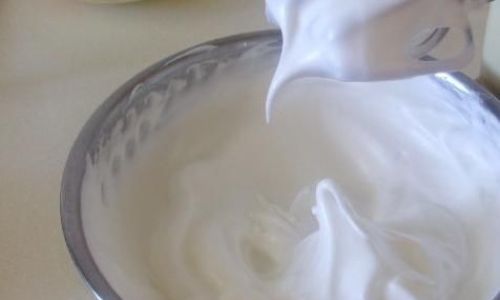
- Soft Peaks: At this stage, the cream begins to thicken and form soft, droopy peaks when the beaters are lifted. This consistency is ideal for filling pastries or for use in recipes where a light, spreadable cream is desired.
- Medium Peaks: Continuing to whip, the peaks will become firmer but still slightly droopy. This stage is perfect for topping cakes, cupcakes, or desserts that require a slightly firmer cream but still want a bit of give.
- Stiff Peaks: When the cream reaches stiff peaks, it will hold its shape completely when the beaters are lifted. The peaks will be sharp and stand upright. This is the stage for toppings that need to hold their shape, such as whipped cream roses or dollops on pies.
-
Stopping at the Right Moment: It’s crucial to stop whipping once the desired consistency is achieved. Over-whipped cream will turn grainy and curdled, with a texture resembling cottage cheese. This happens because the fat globules have separated from the liquid, causing the cream to break down.
Indicators of Perfectly Whipped Cream
To ensure your whipped cream is perfectly done, look for the following indicators:
- Texture: The cream should be light, fluffy, and airy. It should not feel dense or heavy.
- Consistency: Depending on your intended use, the cream should either have soft, medium, or stiff peaks. These peaks should be smooth and uniform, without any liquid separation.
- Color: While the color may vary slightly based on the cream’s fat content and any added ingredients, it should have a uniform, creamy appearance without any streaks or patches.
- Taste: If sugar or flavorings have been added, they should be evenly distributed, providing a consistent taste throughout.
- Stability: The whipped cream should hold its shape well. If you make a peak with a spoon, it should remain intact for several minutes without collapsing.
Troubleshooting Common Issues
Even with the best intentions, issues can arise during the whipping process. Here are some common problems and solutions:
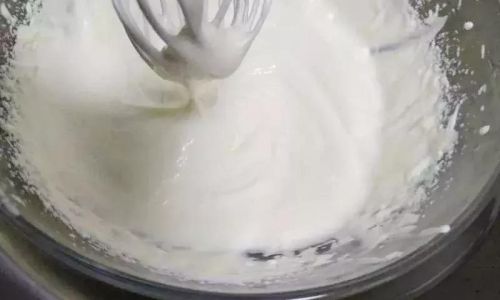
-
Curdled Cream: If your cream curdles, it’s likely due to over-whipping or adding too much liquid flavoring. To salvage, try gently folding in a small amount of unwhipped cold cream to smooth out the texture. However, the results may not be perfect. Prevention is key by stopping at the right stage and using measured amounts of liquid ingredients.
-
Runny Cream: Runny cream often results from under-whipping or using cream that wasn’t sufficiently chilled. Return the cream to the mixing bowl and continue whipping until it reaches the desired consistency. Ensure all equipment and ingredients are cold before starting.
-
Lumpy Cream: Lumps can occur if sugar or flavorings weren’t fully incorporated before whipping. To avoid this, stir the ingredients together thoroughly before beginning the whipping process.
Storage Tips
Once your whipped cream is perfectly done, store it in the refrigerator in an airtight container. It will keep for a few hours, maintaining its texture and flavor. Avoid storing whipped cream for extended periods, as it may begin to separate or lose its fluffy texture over time.

Conclusion
Mastering the art of whipping cream is a rewarding culinary skill that can elevate your desserts and drinks to new heights. By understanding the basics, using the right ingredients and equipment, and carefully monitoring the whipping process, you can achieve perfectly whipped cream every time. Remember, the key to success lies in observing the cream’s texture, consistency, color, taste, and stability. With practice and patience, you’ll soon be whipping up creamy perfection with confidence, delighting your taste buds and those of your loved ones. Happy whipping!

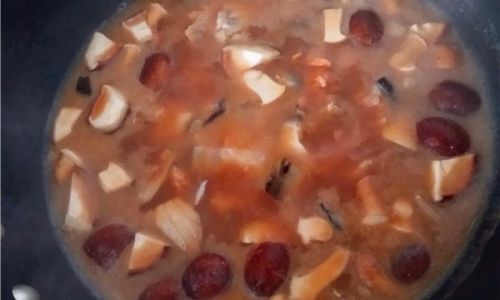
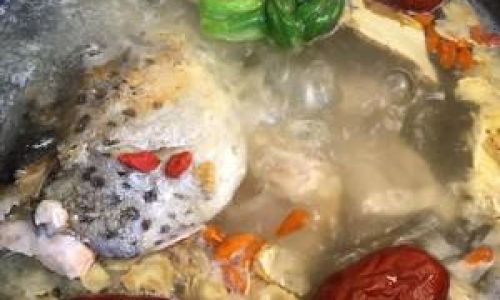
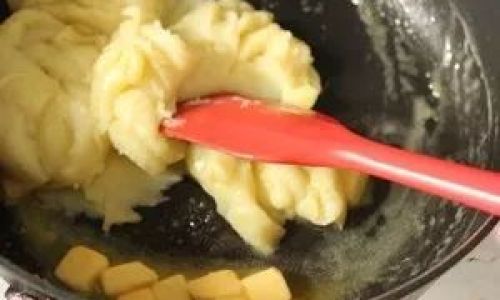
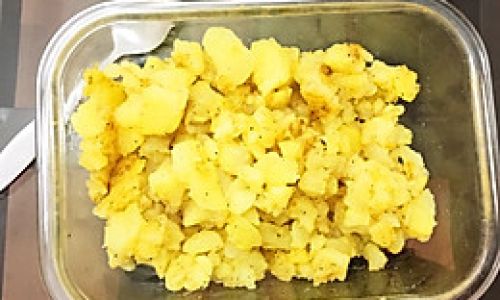

0 comments